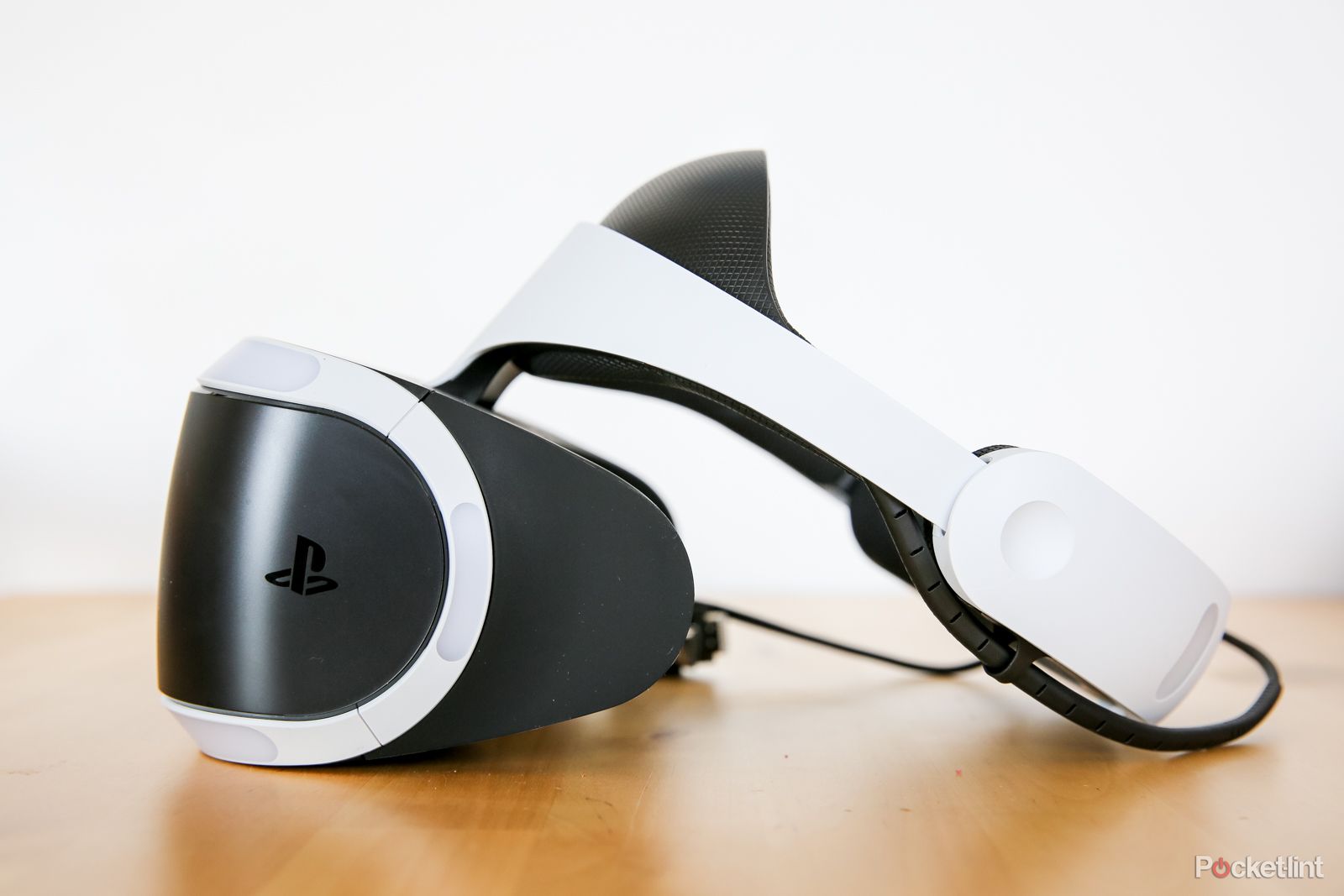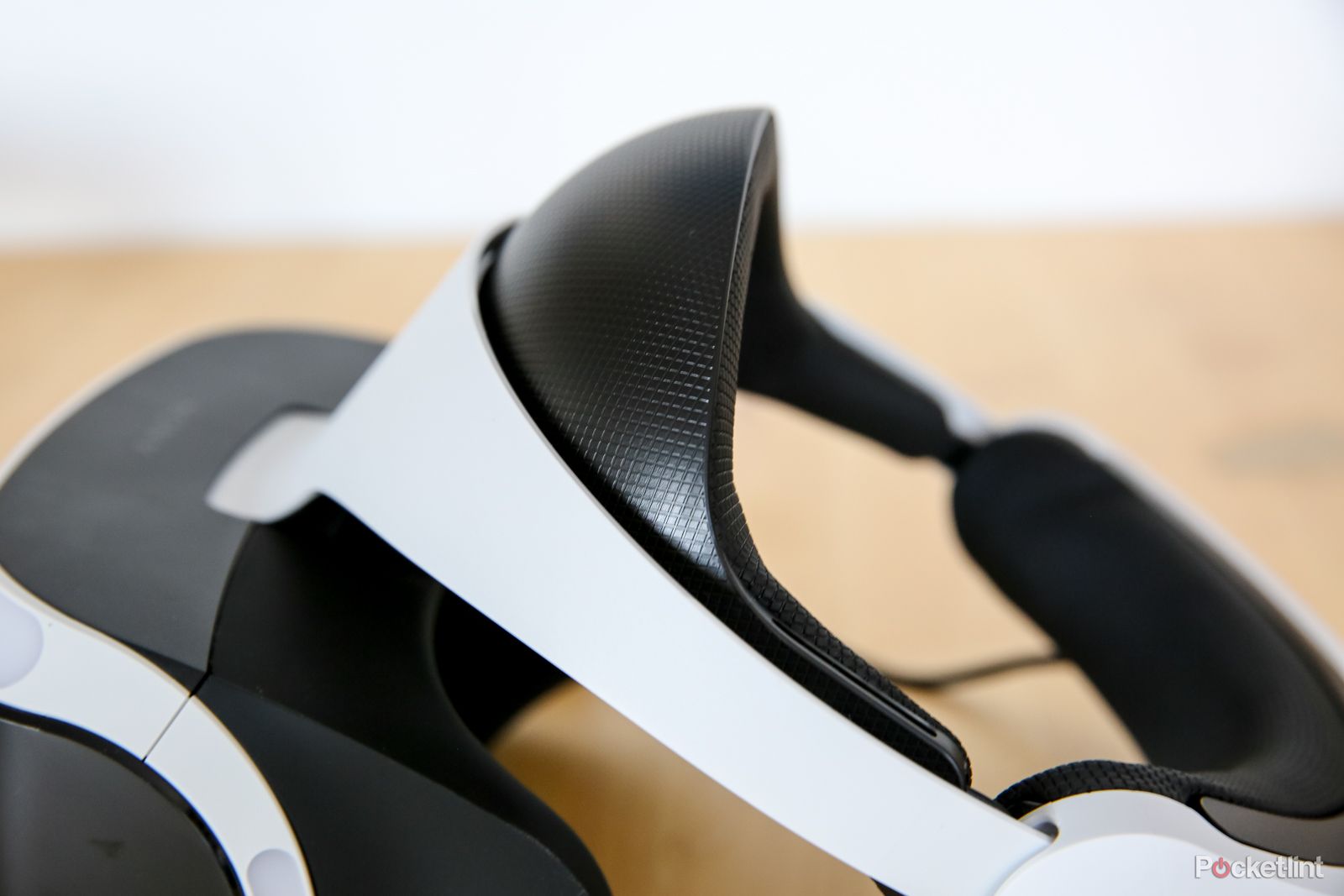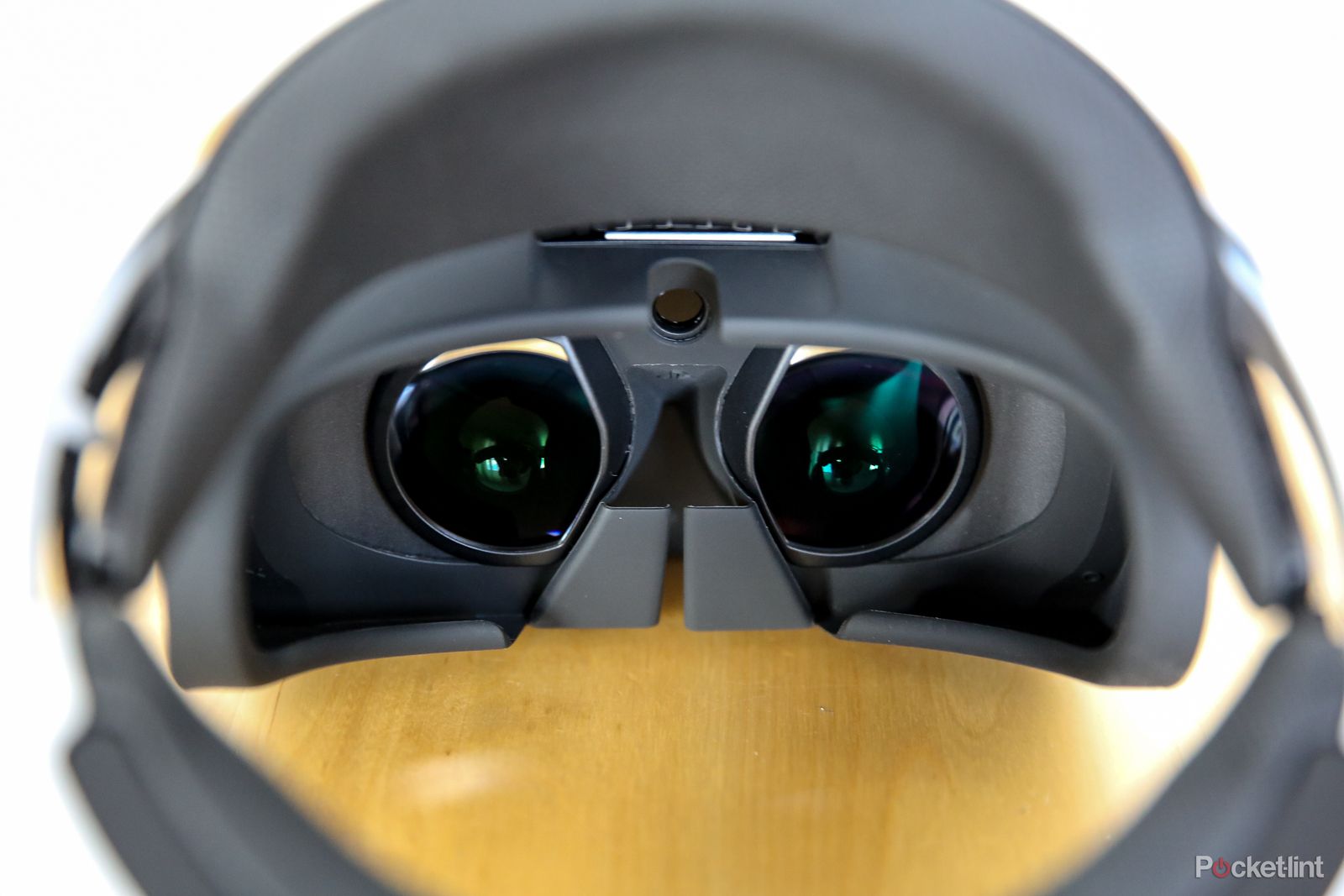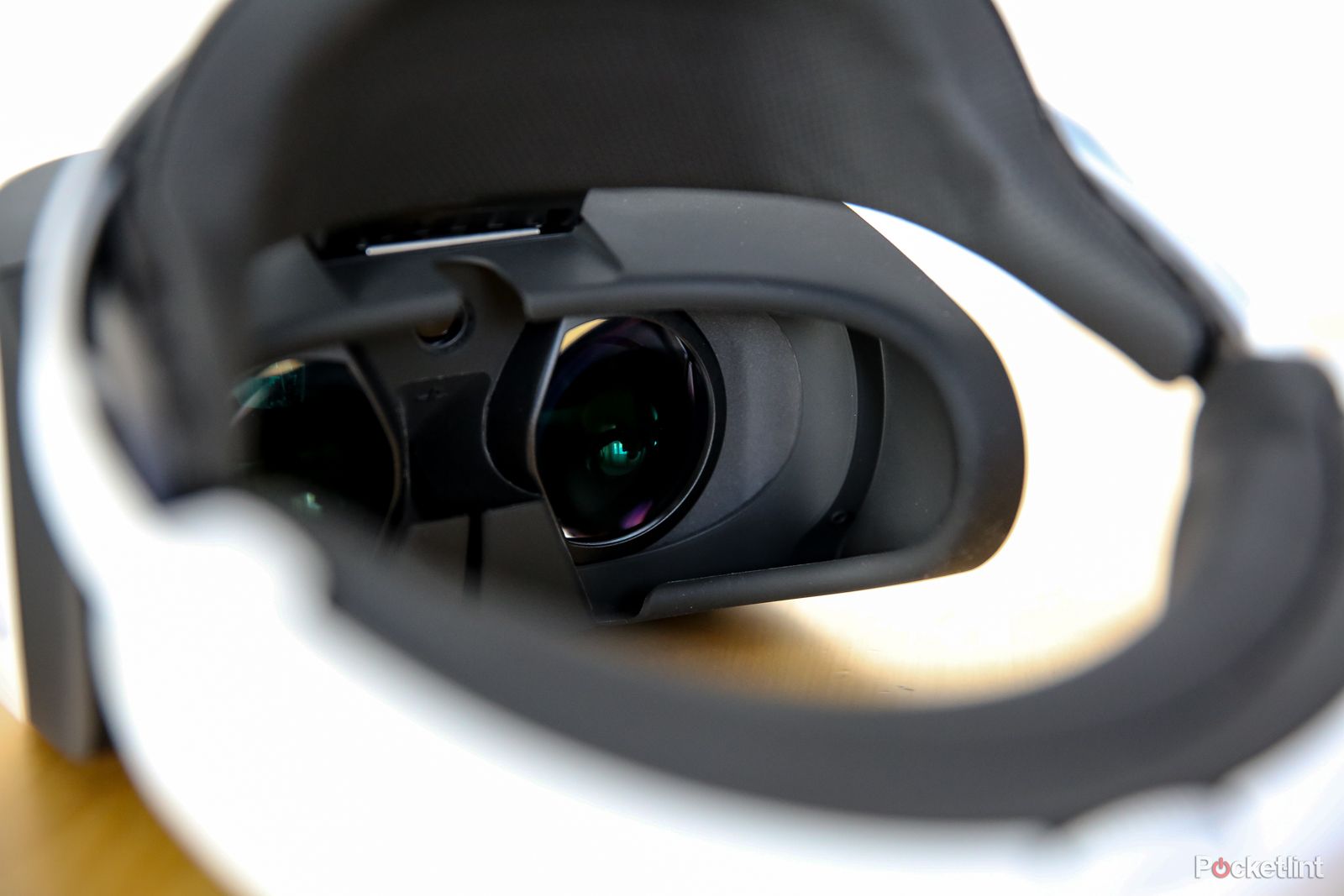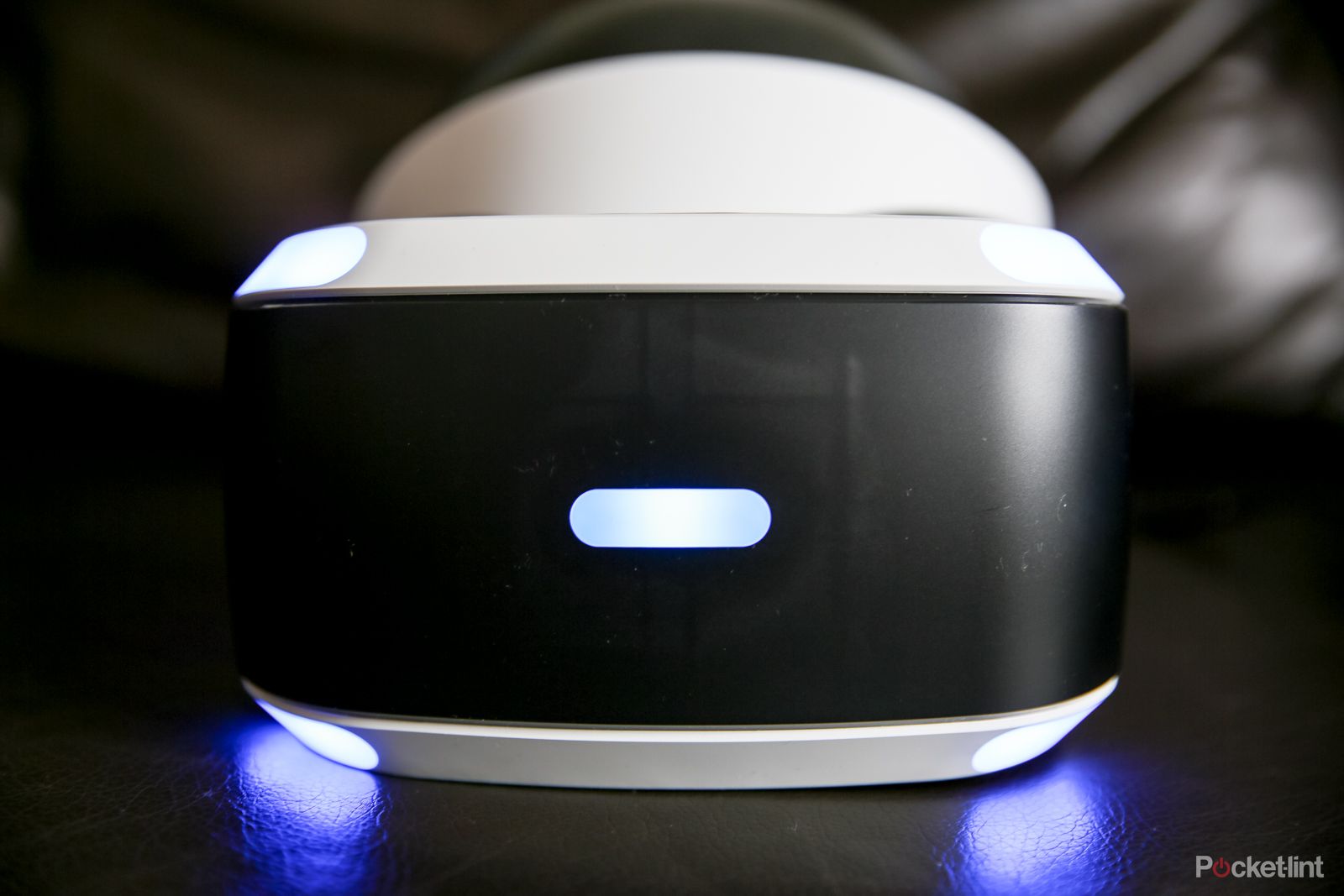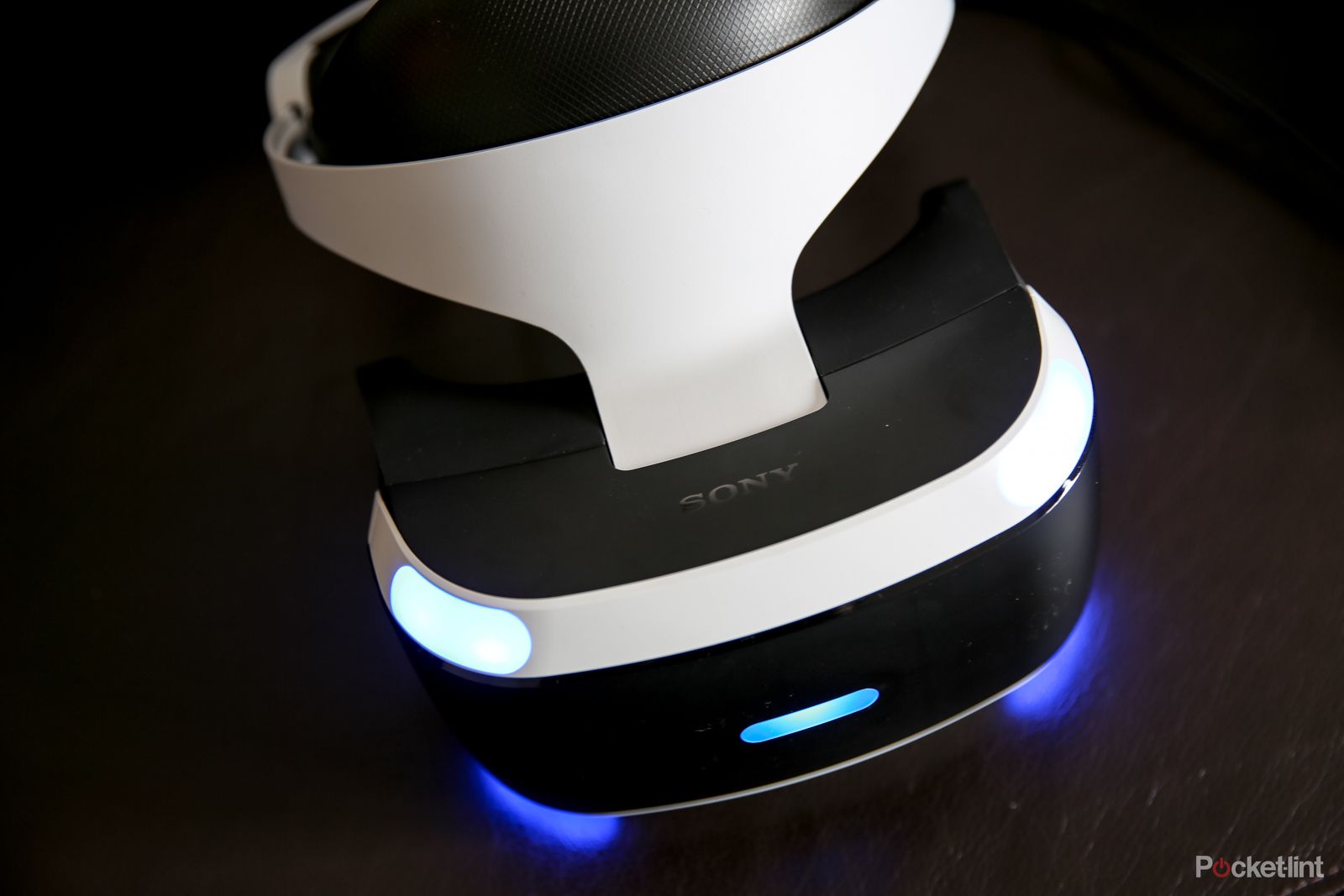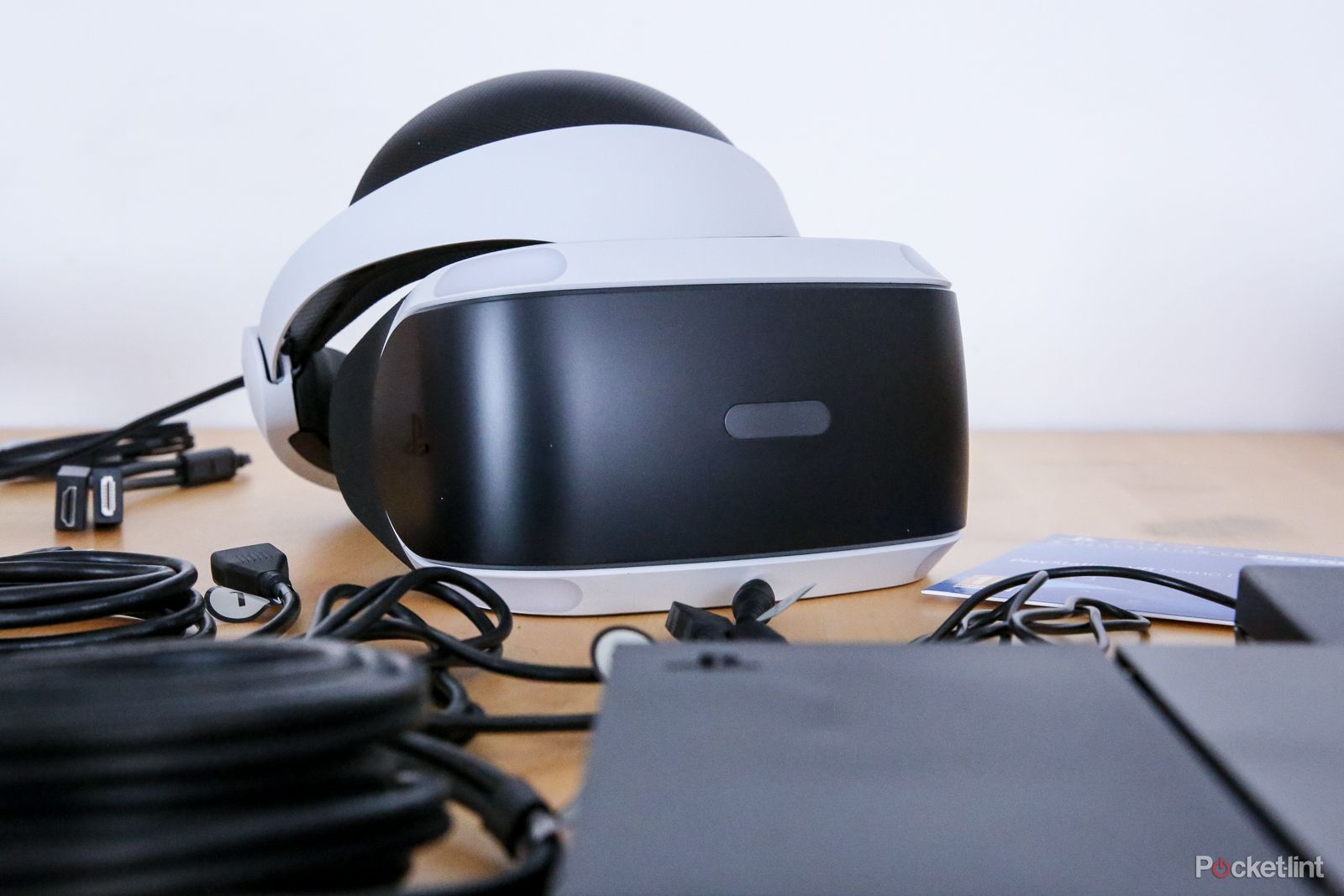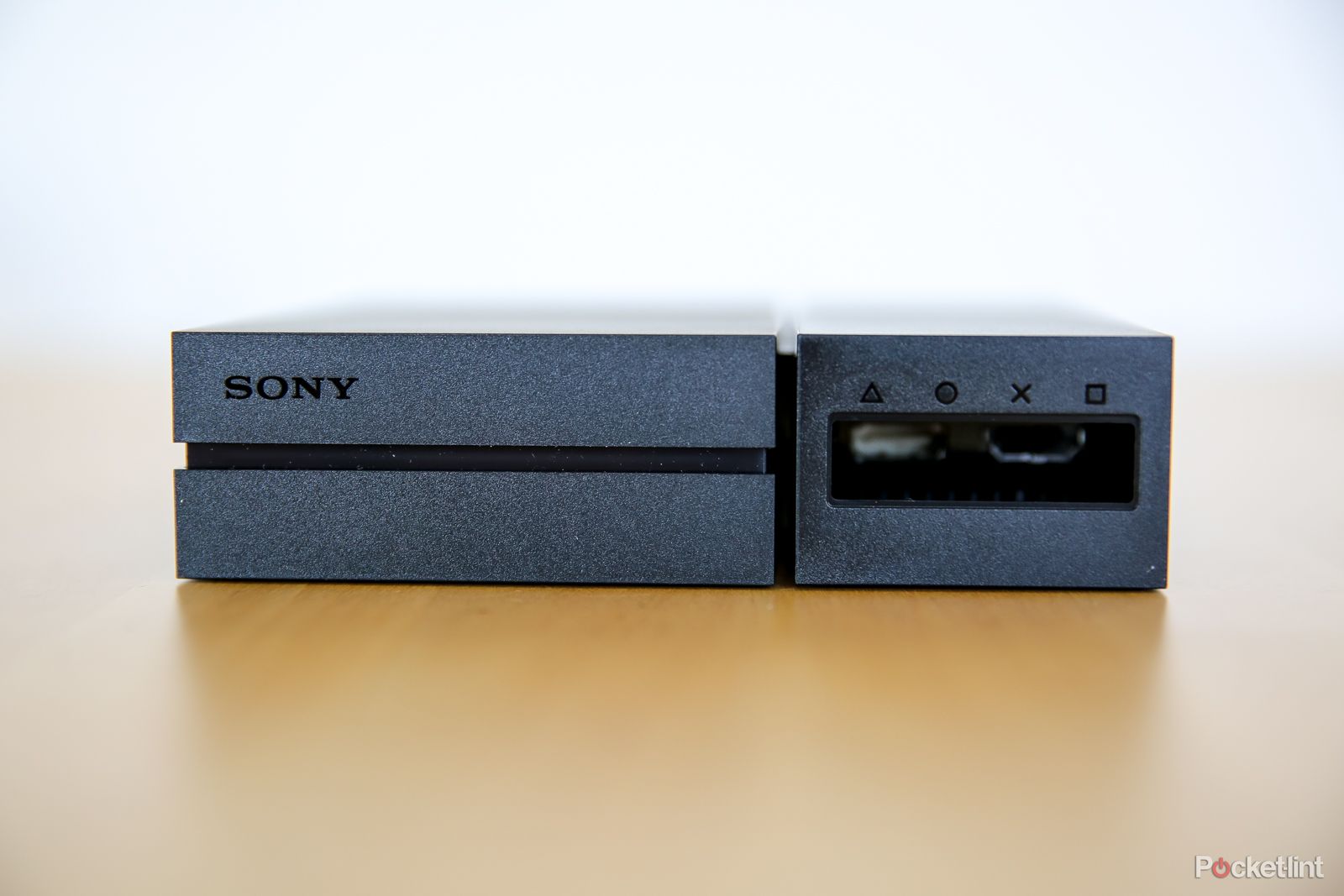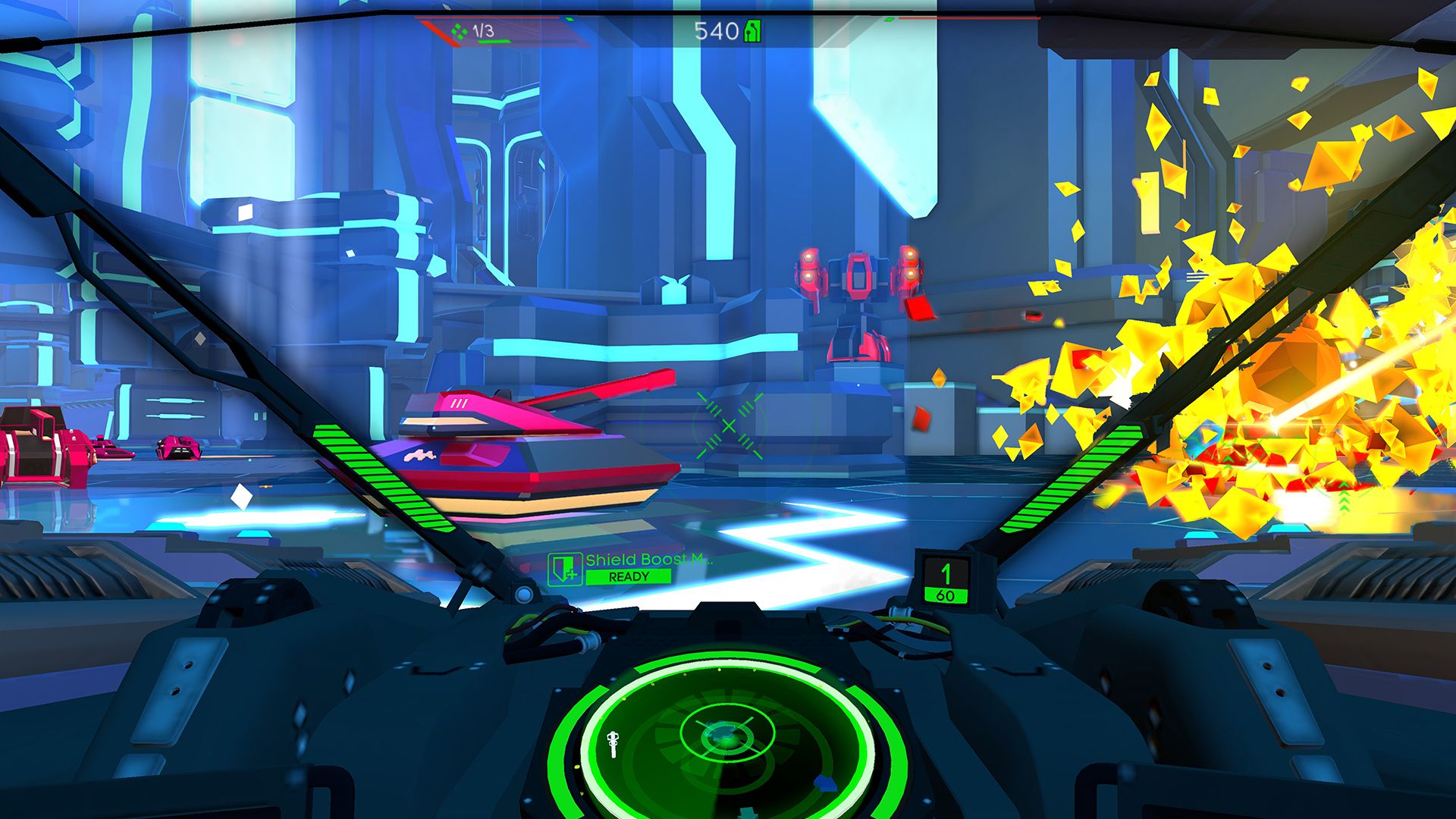We can't count the amount of times someone has said 2016 would be the "year of VR", ourselves included if we're being honest, but we're 10 months in now and it's been anything but.
Our quick take
Setting up the PS VR has proven a troublesome project, especially with Camera placement and calibration, and that is worrying considering it will invariably attract plenty of less tech savvy customers. But the pay-off at the end is a superb virtual reality experience - and an accessible one to many.
Being a stronger and more robust headset ensures PS VR is less likely to be hidden away each time after use. That means it is less likely to be forgotten or abandoned, like a Wii Balance Board or, ironically, the PlayStation Move controllers during their PS3 years (the ones you'll want to get back out for PS VR).
It is also easier to pop onto your noggin each time you fancy a play. And as the PS4 home screen pops-up immediately in the virtual space, you don't have to do all your navigating and nonsense before you even put it on. It just makes sense.
The games could be better priced, though, with some retailing for around £50, but that could drop in time. And if there's even a hint of sales success, you can bet plenty will be happy to jump on board with new, exciting titles.
We do still have doubts whether virtual reality itself is "the new 3D" and, therefore, at risk of a lack of home interest. But it is magical when done well, far more so than a 3D film, and if any device is likely to have a chance then it's PlayStation VR.
From £350, Amazon
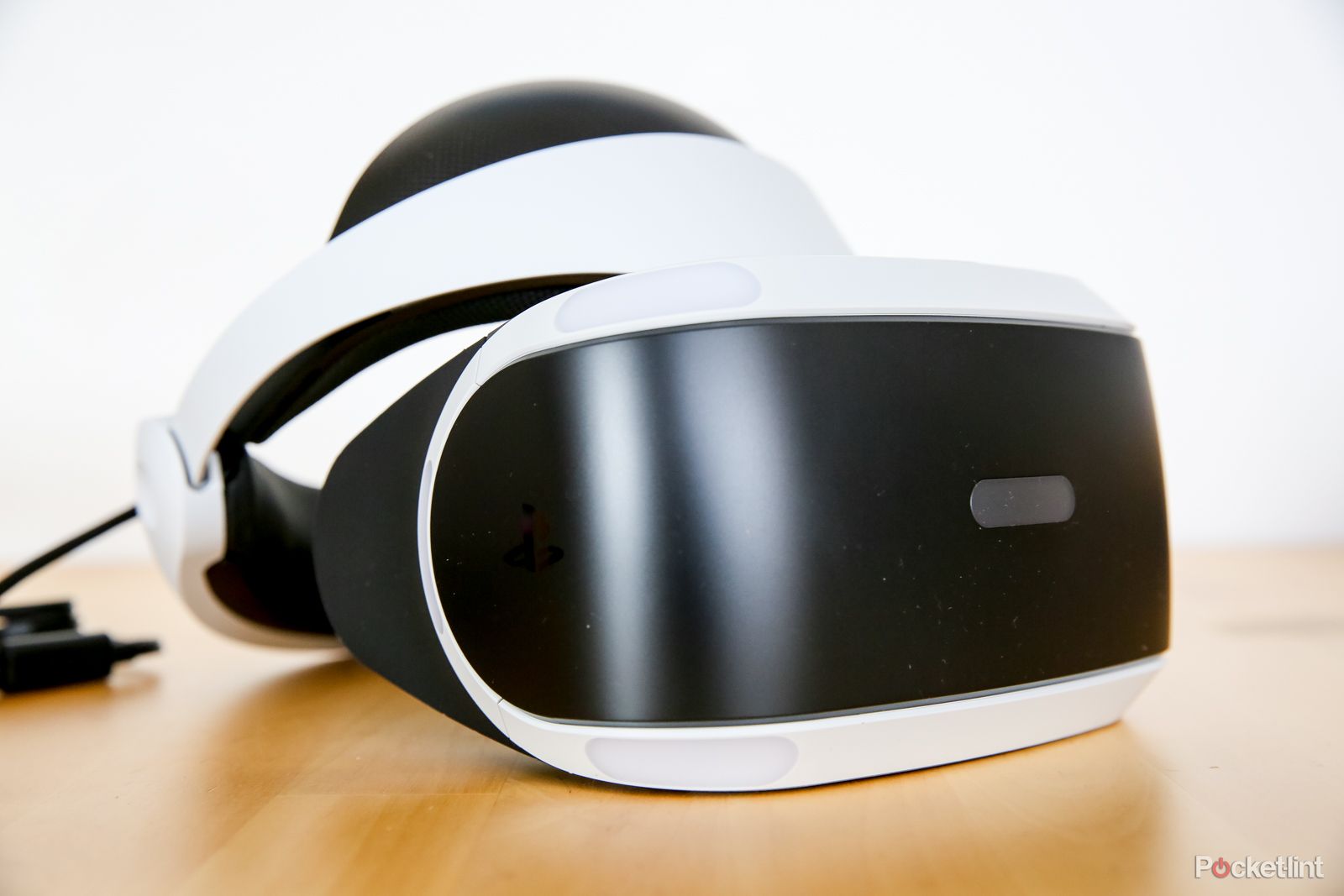
Sony PlayStation VR - 4.0 / 5
| FOR | AGAINST |
|---|---|
|
|
Sony PlayStation VR
Unavailability, price hikes and the reliance on expensive PC equipment have hampered Oculus Rift and HTC Vive. And while mobile VR has become more popular, it's still more of a party trick or fun sideshow than a main pursuit.
We have to face facts: virtual reality has so far failed to take-off in any significant fashion. It is magical for those who have tried the higher-end headsets, but not so much that they're willing to fork out £1,000 or more for the kit to run them.
That's where PlayStation VR steps up to the plate. It offers a more accessible way of getting into proper, immersive virtual reality gaming without breaking the bank. And if it's as successful as Sony would hope, it might do more for VR in the last couple of months of 2016 than the others did in the preceding 10.
Is PS VR the device to bring virtual reality to the masses?
Sony PlayStation VR review: Pricing it up
PS VR connects to a PS4 rather than a top-grade gaming PC. So, instead of the grand you can expect to pay for a VR-ready computer, you can run the PS VR from a £250 console. There are several caveats, of course, but not £750 worth.
Another important factor is that PlayStation headset is reasonably priced, at £350. Oculus Rift, on the other hand, is £550, while HTC Vive costs a massive £770.
What's more, to have an equivalent experience on the Rift you need spend an extra £190 on the Oculus Touch motion controllers. The PS VR simply requires two PlayStation Moves, which you might even have tucked away in a drawer from the PS3 days. Otherwise, they're just £70 a pair.
Even when you add the cost of the required PlayStation Camera, priced at £45, it's considerably less expensive than any and all major rivals. The headset is more robust too.
Saying that, if you own none of the kit then the full console, headset, camera and controllers will total £665.
- Sony PlayStation VR launch line-up: Every game listed and best PSVR games revealed
- Sony PlayStation VR exposed: What you get in the PSVR box and what you still need to buy
Sony PS VR review: The comfiest VR headset yet
You can tell Sony comes from a consumer electronics angle as it has built its first dedicated VR headset with a broad range of customer needs in mind. It is chunky, yes, but durable and can stand a bashing or drop – we know, as we've accidentally done exactly that a couple of times.
The headband is a bit more constrictive in comparison to others, which generally use elastic materials rather than solid plastic and foam-filled rubber, but it at least feels reassuringly solid and can be adjusted to fit snugly.
Most other headsets also require you to pop on the face plate and adjust to fit after, while the PS VR has a button to slide the eyepiece towards your face after. It's important to ensure it sits as tight as possible too, as visual clarity depends on it. That can also be further ensured through a clicking dial at the back that tightens the whole shebang.
We also like the rubber surround on the outside of the visor as it is more efficient at blocking ambient light than the foam clips found on peers. You can also wear glasses while using PS VR.
Sony PSVR review: No resolution revelation
The screen used by Sony is one of its caveats in order to meet the price point. It uses a 1080p OLED panel that serves 960 x 1080 pixels per eye - which is far lower in resolution than Rift, Vive or even a Gear VR if you're using a Quad HD phone. But you'll never really notice. It also has a smaller viewing angle than rivals, but again this doesn't really matter when you're in the heart of a good game.
What does matter is the refresh rate. At 120Hz, the PSVR has a better refresh rate than most, ensuring smooth flowing action even when you pan your head sharply. The higher the frame/refresh rate, the less likely a VR device will make you queasy - so this is much welcome here. It's double what you'll get from a phone-based VR device, which is a huge deal. However, the processing unit upscales the source refresh rate in this case, so a game's graphics aren't any better, but you don't notice any lag or stutter. Well, not due to refresh anyway.
The graphics of games themselves are another of the PS VR's caveats. Considering the humble PS4 is driving the show, not a super high-end gaming PC, rendered graphics aren't as sharp or defined as on the Oculus or Vive. At times there are distinct jagged edges on objects.
The London Heist, one of the mini games on PlayStation VR Worlds, is a culprit of that at times. It is clear that edges aren't as sharp as a general PS4 game played on the big screen, and there's a general softening on objects. Thankfully though, on the whole, the games we've tried are so immersive and cleverly designed that you don't give a hoot about graphical fidelity. They grab you by the short and curlies and it's only when you really look for them that you see any visual foibles.
Audio is also well served, albeit not spectacular. A half decent pair of Sony earbuds come packaged, which get round the issue of wondering which ear to put each in when the headset is on by making the left cable shorter than the right. You can use your own headphones of course, with virtual surround sound over-ears probably best suited, but at least you know you can get cracking straight out of the box.
Sony PlayStation VR review: Setup foibles
As mentioned, what you do have to provide yourself are the aforementioned Move controllers and a PlayStation Camera. The former motion controls aren't essential, as you can make do with a DualShock 4 (which comes with the PS4, of course), but you'll certainly be missing out on a lot of the experience if you don't invest in a pair. The Camera is absolutely mandatory, though, and can come in the form of the former, square version or the all-new rounded one.
Setting one up properly is also absolutely key. And that's where one of the other, largest and most frustrating, caveats comes into play.
The PlayStation VR system cuts corners through an incredibly clever tracking system. Where the Oculus Rift and HTC Vive use expensive infra-red tracking sensors and (mostly) hidden IR points all over them, the PSVR relies on bright LED lights which are picked up by the existing PlayStation Camera. As do the Move controllers and a DualShock 4 – yes, there really is a practical use for the light bar on the front.
This is genius in that it is a far cheaper solution that also benefits those who already own what they thought to be defunct accessories. On the flip side, it also means that tracking is subject to fairly restrictive lighting conditions.
If your room is too bright, has a light source coming from a certain area, has other LEDs flashing somewhere on different tech, or has reflective surfaces such as a mirror or even a glass-fronted picture, the Camera can struggle to track the headset and any controllers accurately. All of them have internal motion sensors too, but these aren't as precise so require keen Camera tracking.
The effect on poor tracking when playing originally plagued us - until we took our camera from its natural position of sitting under a mounted flatscreen TV and moved it into the corner of the room. Up to that point, any of the games we played had a strange shifting motion, even when we were stood still. It wasn't much, and nothing like the mad vision leaps suffered when out of range of a HTC Vive sensor during our testing of that headset, but after a while, the constant motion caused slight dizziness – especially when we removed the headset again.
We tried both the new and old PS Camera devices and the issue remained. It was only when we switched the position entirely that things improved a lot.
Sony PS VR review: Tracking controllers
What didn't improve was the tracking of the controllers. Both the PlayStation Move and DualShock 4 controllers jerked around at times during play.
This was more evident in some games than others, but Batman's hands in Batman: Arkham VR never stayed still. They stuttered and shuddered. The game was still playable, especially so once the Camera had been moved and the world itself wasn't also vibrating, but it still bugged us.
What was most weird is that this has never been evident in any PS VR demo we've had - even when the headset went by the codename Project Morpheus. We've played 20 or so games in numerous locations and lighting conditions and they've always been stable.
Just to make sure we have even tried a second PlayStation VR headset for this review, and switched from a PS4 Slim to an original PS4 to see if that helped. It didn't make any difference.
Others are also reporting odd tracking for controllers, so maybe it's an issue that will be solved by new firmware after release. But while it does make some games a little less fluent than they should be, it doesn't fully hamper enjoyment.
The rest of set-up is a doddle in comparison. You get around a hundred cables in the box (okay, we're exaggerating a little) and a processor unit that everything, including your PS4, plugs into. It has passthrough for HDMI, so you can feed video to your headset and a TV at the same time, and you can still play normal PS4 games even when the PS VR is switched off.
Strangely, HDR video – high dynamic range was recently added to all PlayStation 4s – won't passthrough the unit. Ultra HD video from the forthcoming PS4 Pro will, but not high dynamic range picture tech. If your TV supports that, you'll still have to swap cables each time you've been playing a HDR game and then want to use the headset. It's odd considering Sony's support for the standard but unlikely to affect many at present.
Sony PlayStation VR review: Gaming delights
Beyond the hardware and set-up, games are where PlayStation VR really excels. The launch games we've played (and can talk about) are almost entirely excellent through and through. Third-party title Battlezone, from Rebellion Software, is superb – offering a wholly playable arena shooter and giving you the tangible impression you're really sat in a tank.
Sony's PlayStation VR Worlds also has plenty to offer other than the cockney goings-on in The London Heist. You can have a gentle ride to the bottom of the ocean, or hurtle down a mountain on the back of a luge. It's a clever set of mini-games that you'll definitely come back to.
And there's Until Dawn Rush of Blood, a rollercoaster ride (literally) through many horrors. All of these are a step above much of what is available on Rift or Vive.
PS VR benefits greatly by being a console accessory. It has the right developer and publisher support to ensure it gets the better games. And surely that's what it's all about.
Sony PlayStation VR
To recap
We do still have doubts whether virtual reality itself is "the new 3D" and, therefore, at risk of a lack of home interest. But it is magical when done well, far more so than a 3D film, and if any device is likely to have a chance then it's PlayStation VR.

